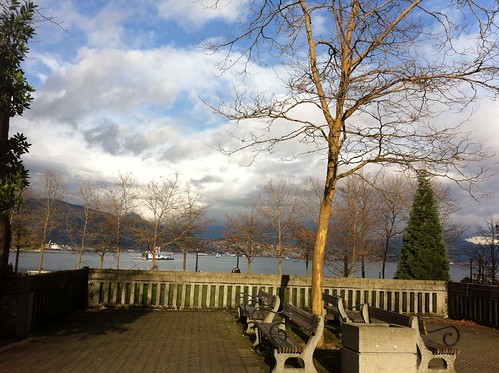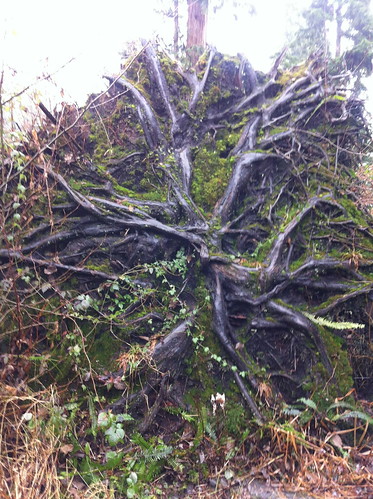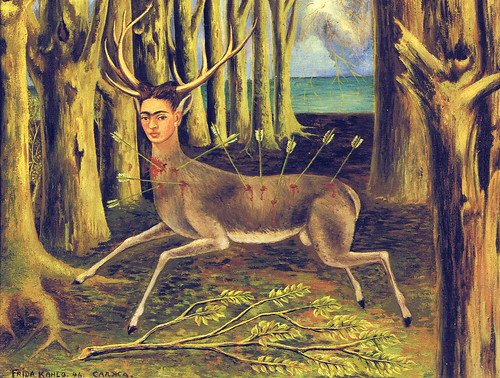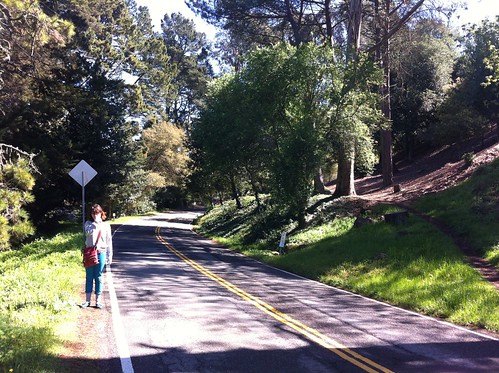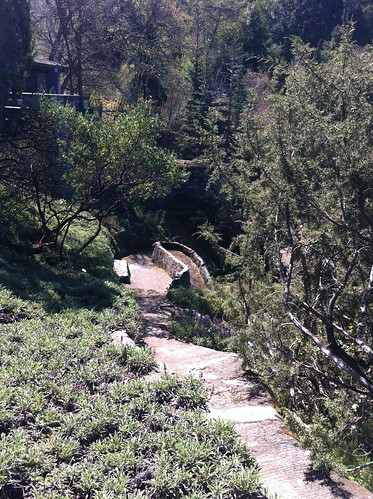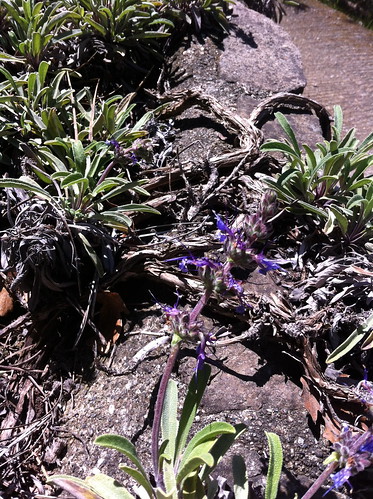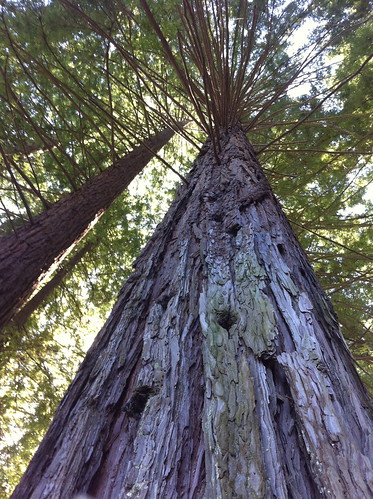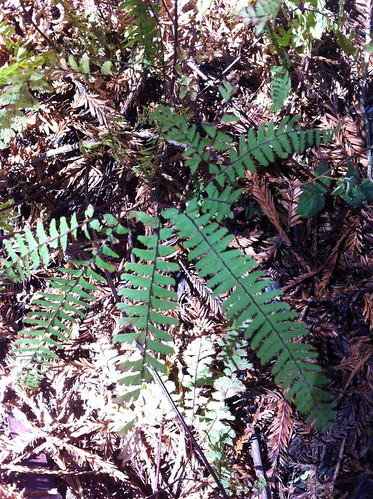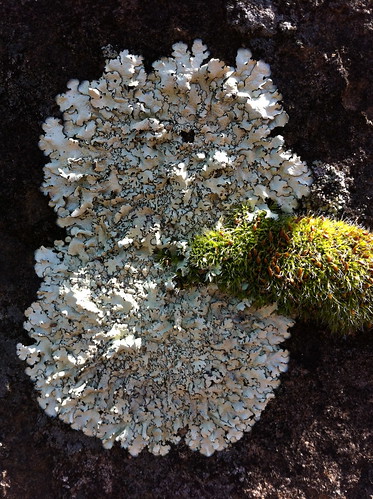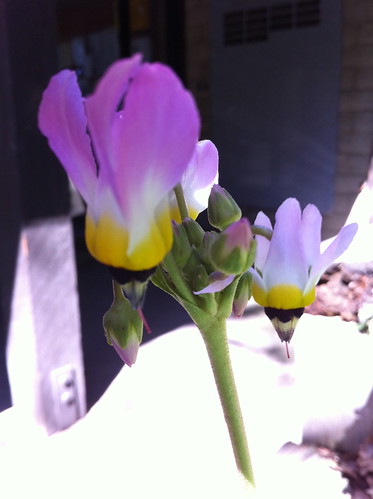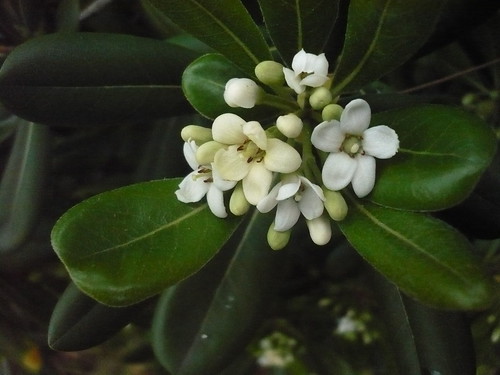Harbour Green
Well, I just went through a lot of trouble typing out a whole blogpost, only to have it entirely deleted by a Flickr hiccup... It was about my Coal Harbour perfume experiment which I unearthed from last year's archived mods.
What originally smelled as rather skunky and morbid, even (the seaweed absolute is an extremely difficult note to work with, and smells like decomposing bodies of seashore lives - seaweed, clams, crabs...) has turned out to be, what I was hoping for.
I place a drop of essence on my wrist, and like a seed in fast-forward motion it sprouts and grows into this luscious garden - Harbour Green, to be precise: fresh cut grass on a summer's day; kelp growing on the rocks underneath the docks; daisies and fuchsias alongside the trail; and somewhere in the very background the whiff of summer-blooming trees - linden and elder; Oh, and is that aquaplane in the background taking off or landing?
And just like the original blogpost, the formula is entirely lost. I have searched high and low and the temporary lab recording card must have slipped out of my formulae sketch book and has grown feet of its own that took it away from all its like-minded friends...
So I will have to wait a long long time before I know if my attempt to revive the Coal Harbour experience is successful or not.
Sigh... The woes of a perfumer's life.
What originally smelled as rather skunky and morbid, even (the seaweed absolute is an extremely difficult note to work with, and smells like decomposing bodies of seashore lives - seaweed, clams, crabs...) has turned out to be, what I was hoping for.
I place a drop of essence on my wrist, and like a seed in fast-forward motion it sprouts and grows into this luscious garden - Harbour Green, to be precise: fresh cut grass on a summer's day; kelp growing on the rocks underneath the docks; daisies and fuchsias alongside the trail; and somewhere in the very background the whiff of summer-blooming trees - linden and elder; Oh, and is that aquaplane in the background taking off or landing?
And just like the original blogpost, the formula is entirely lost. I have searched high and low and the temporary lab recording card must have slipped out of my formulae sketch book and has grown feet of its own that took it away from all its like-minded friends...
So I will have to wait a long long time before I know if my attempt to revive the Coal Harbour experience is successful or not.
Sigh... The woes of a perfumer's life.


